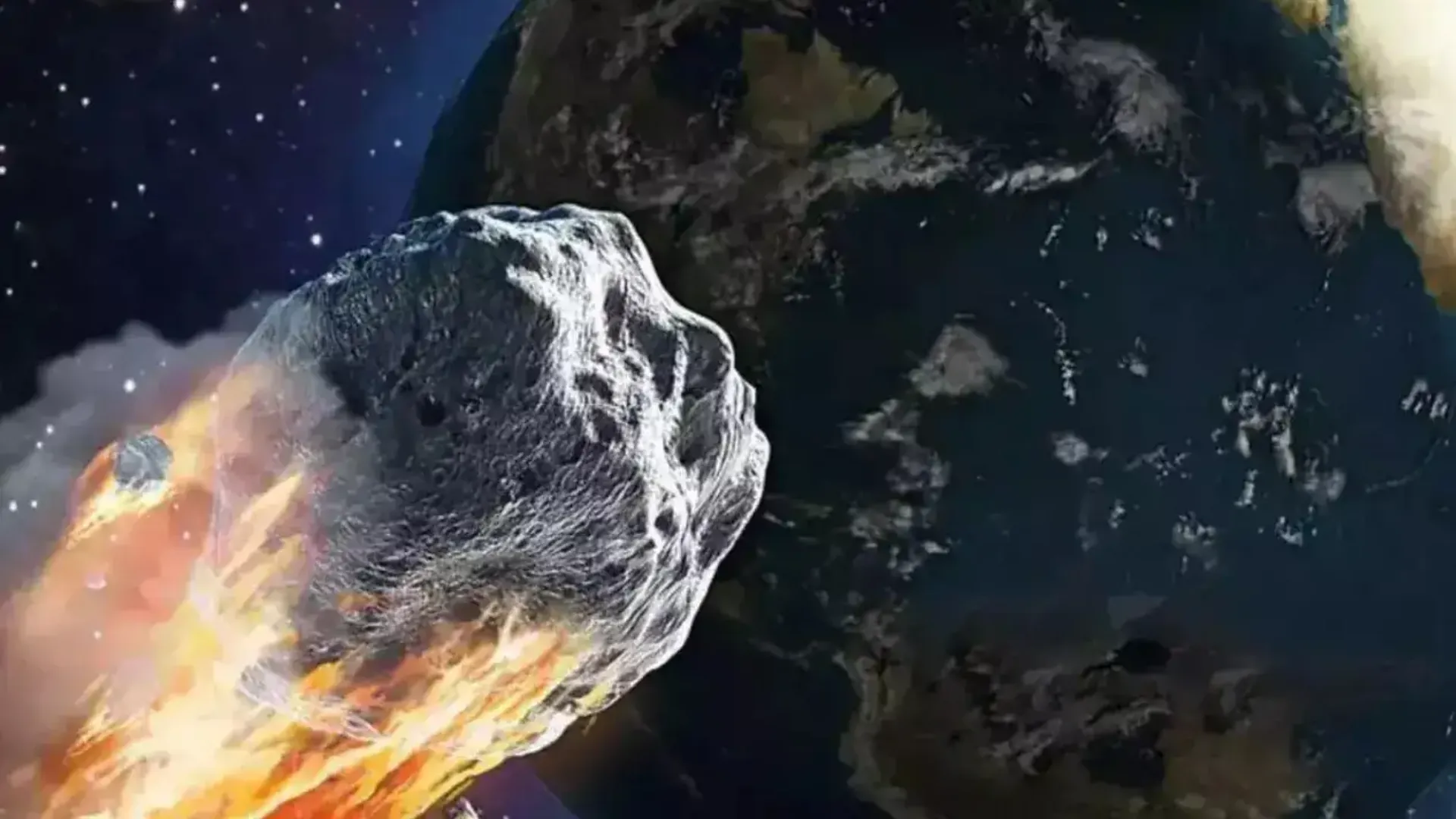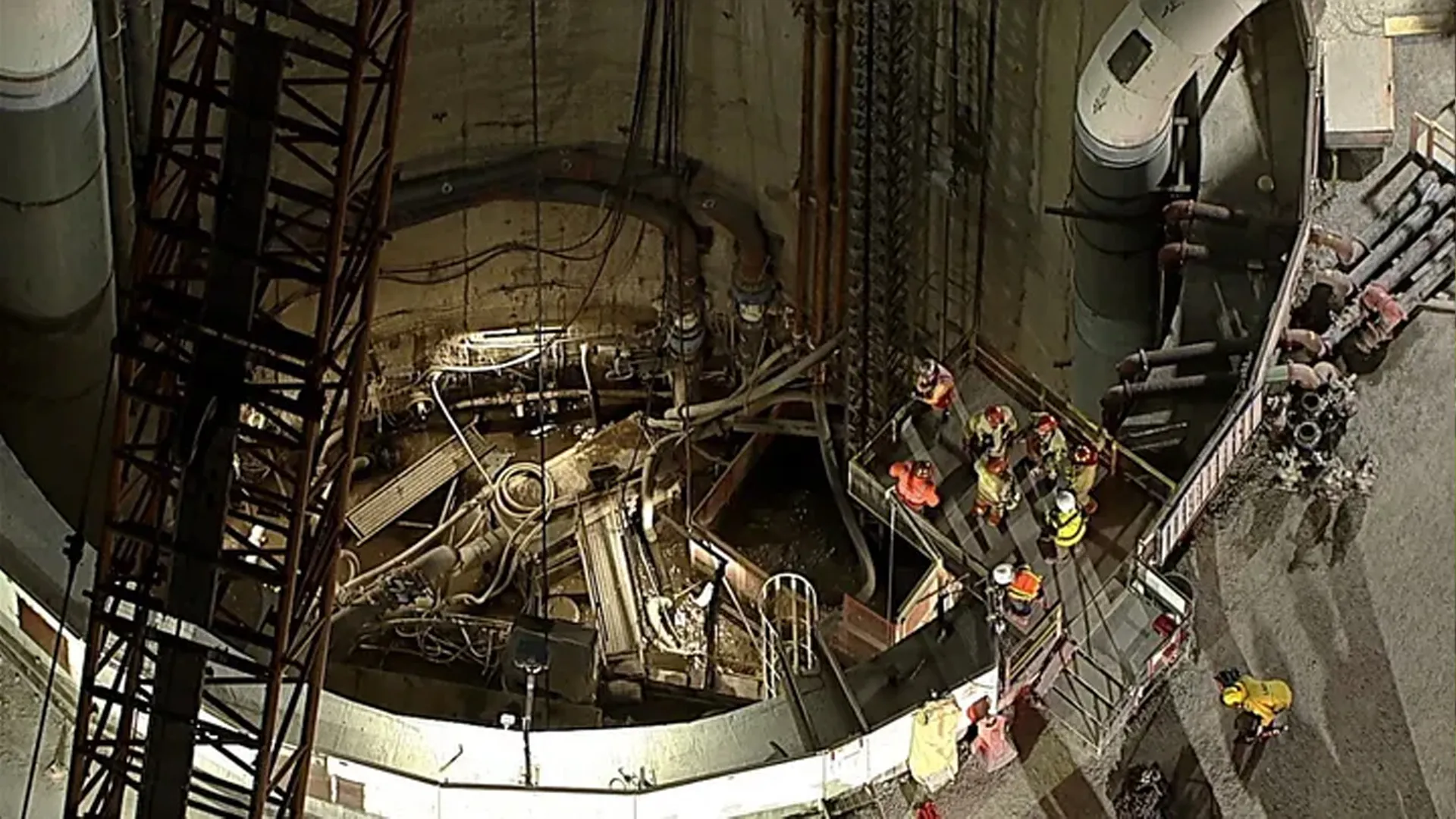A huge asteroid called 2025 JR is grabbing the world’s attention as it hurtles towards Earth for a flyby. About the size of a 25-storey building, the space rock will be passing closest on Wednesday, May 28. Although it will pass safely by Earth at a distance of 4.6 million kilometers, that’s unusually close in astronomical terms. The asteroid’s dimension and velocity—coupled with its Earth-crossing orbit—have excited scientists, space organizations, and skygazers alike. Although there is no threat of impact, the flyby is an apt reminder of how close—and capricious—near-Earth objects can become, underlining the imperative for sustained vigilance and space readiness.
Speed, Size, and Classification of 2025 JR
On May 28, 2025, Asteroid 2025 JR will safely pass by Earth at 8:40 am IST, measuring approximately 250 feet (76 meters) in diameter, a healthy size in space. It is an Apollo-class near-Earth object (NEO) a class characterized by asteroids whose orbits cross Earth’s orbit around the Sun. Being of this type of orbital feature, these asteroids are closely monitored for the amount of harm they might be able to cause. The asteroid moves at a mind-boggling 40,800 km/h, a speed that, if it were orbiting the Earth, would complete the transit in less than an hour. Although 2025 JR is not considered a “potentially hazardous asteroid” as it is lower than the threshold of 460 feet (140 meters), it is substantial enough that if it hit the Earth, the devastation would be catastrophic.
Theoretical Impact Scenario: A Catastrophic Blow
If asteroid 2025 JR were to collide with Earth, the devastation would be terrible. Travelling at stunning speed, the impact energy would be that of a few nuclear bombs exploding simultaneously. This would pulverize a lot, cause massive explosions, and maybe even lead to massive loss of life. One of the classic historical analogies most commonly given is the 1908 Tunguska asteroid or comet blast in Siberia, where an asteroid or comet measuring about 160–200 feet in diameter exploded in the air. The blast destroyed around 2,000 square kilometers of trees—an area greater than the city of Delhi—demonstrating the devastating power unleashed by relatively minor space bodies.
International Efforts towards Tracking and Monitoring
Tracking the asteroid 2025 JR is a complex procedure which involves the entire world. The activity is coordinated by NASA’s Centre for Near-Earth Object Studies by gathering data from an array of telescopes and radar facilities around the world. Amateur astronomers also contribute by scanning the sky for unknown objects. The network helps researchers to better predict near-approach and potential impact events. But with all of these advances, there are still many space rocks that remain unknown, challenging planetary defense on an ongoing basis.






















